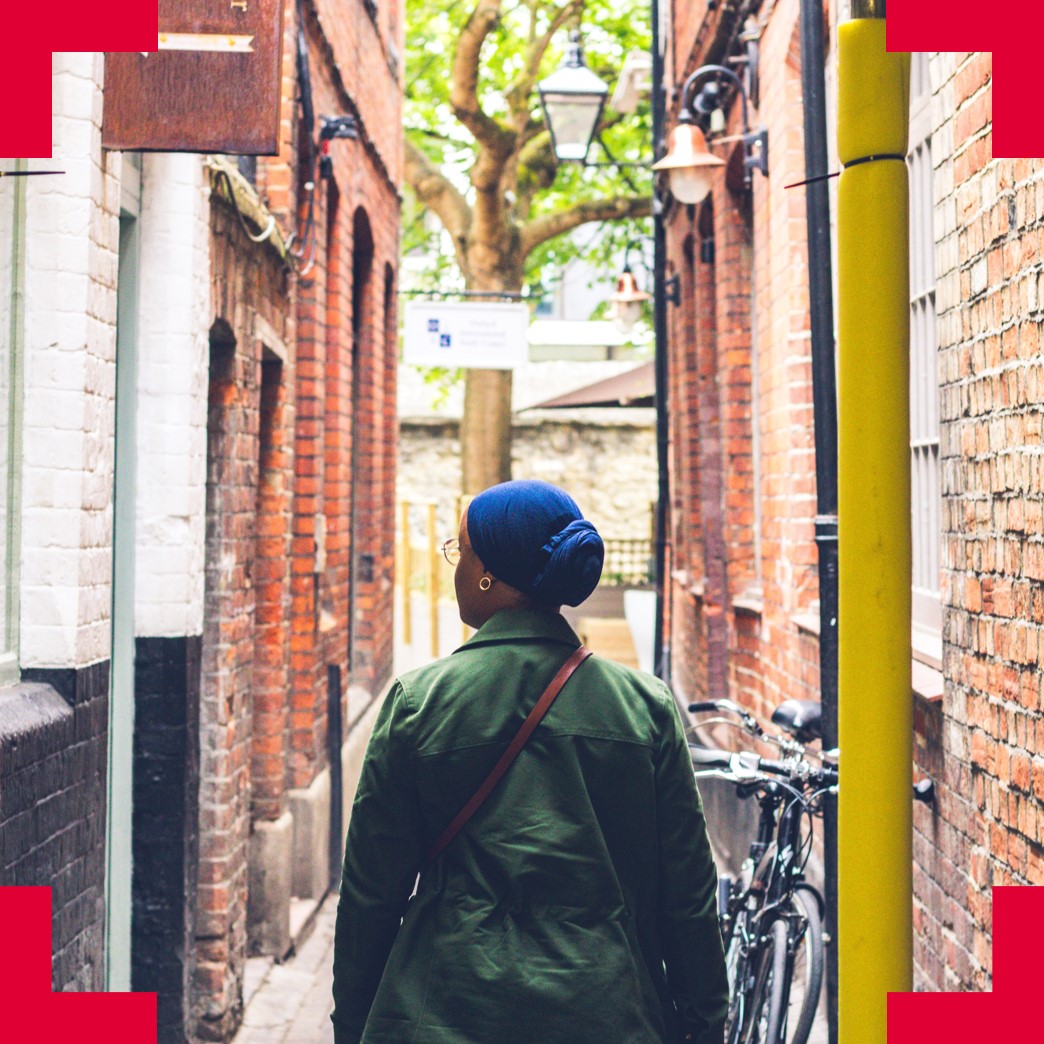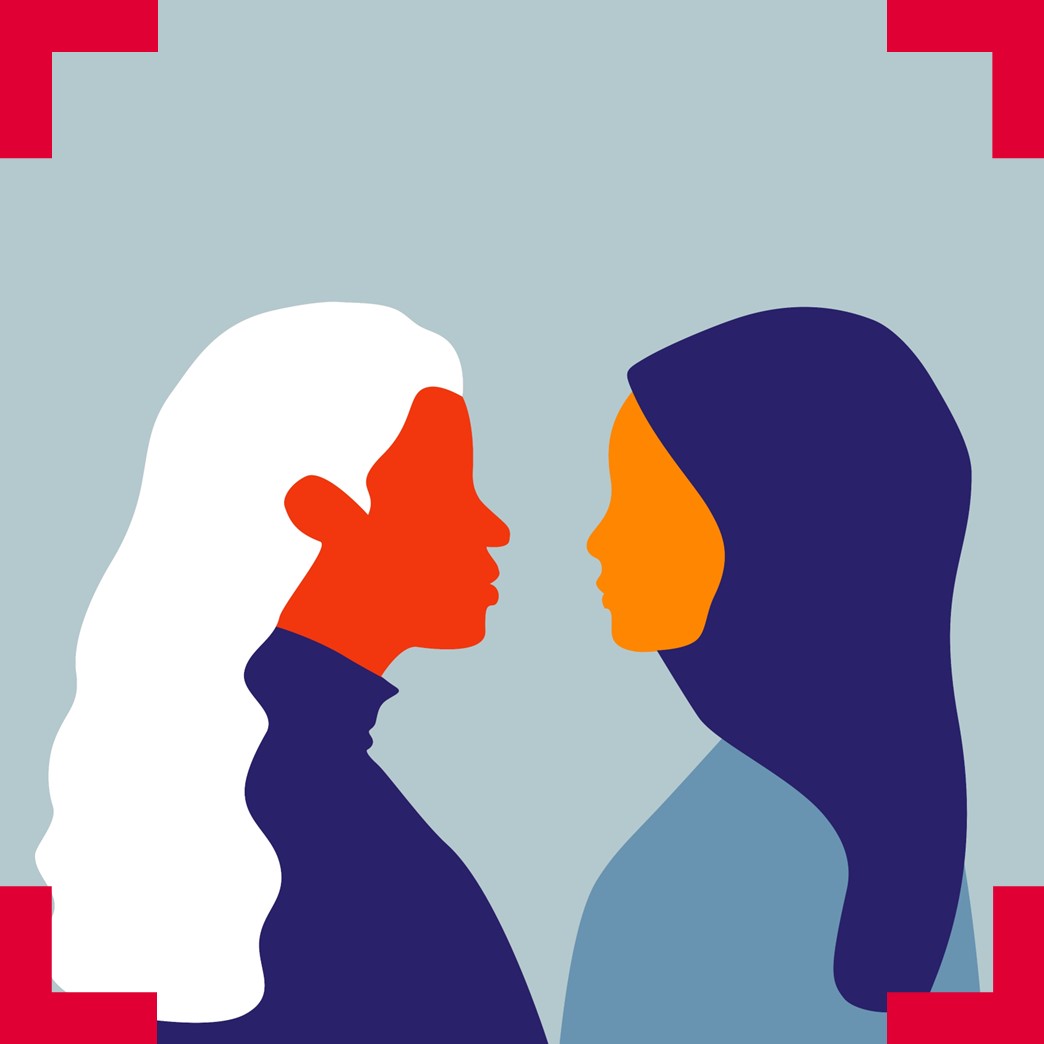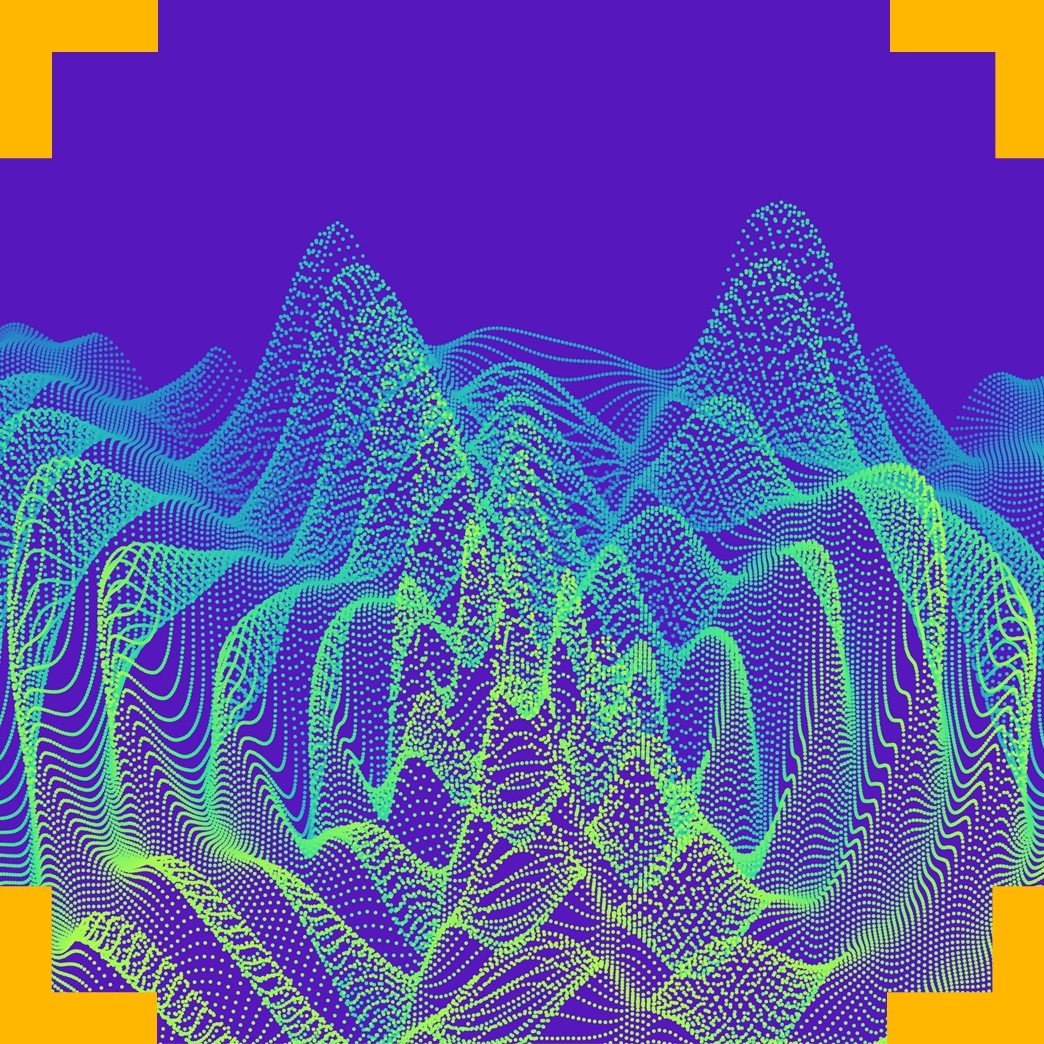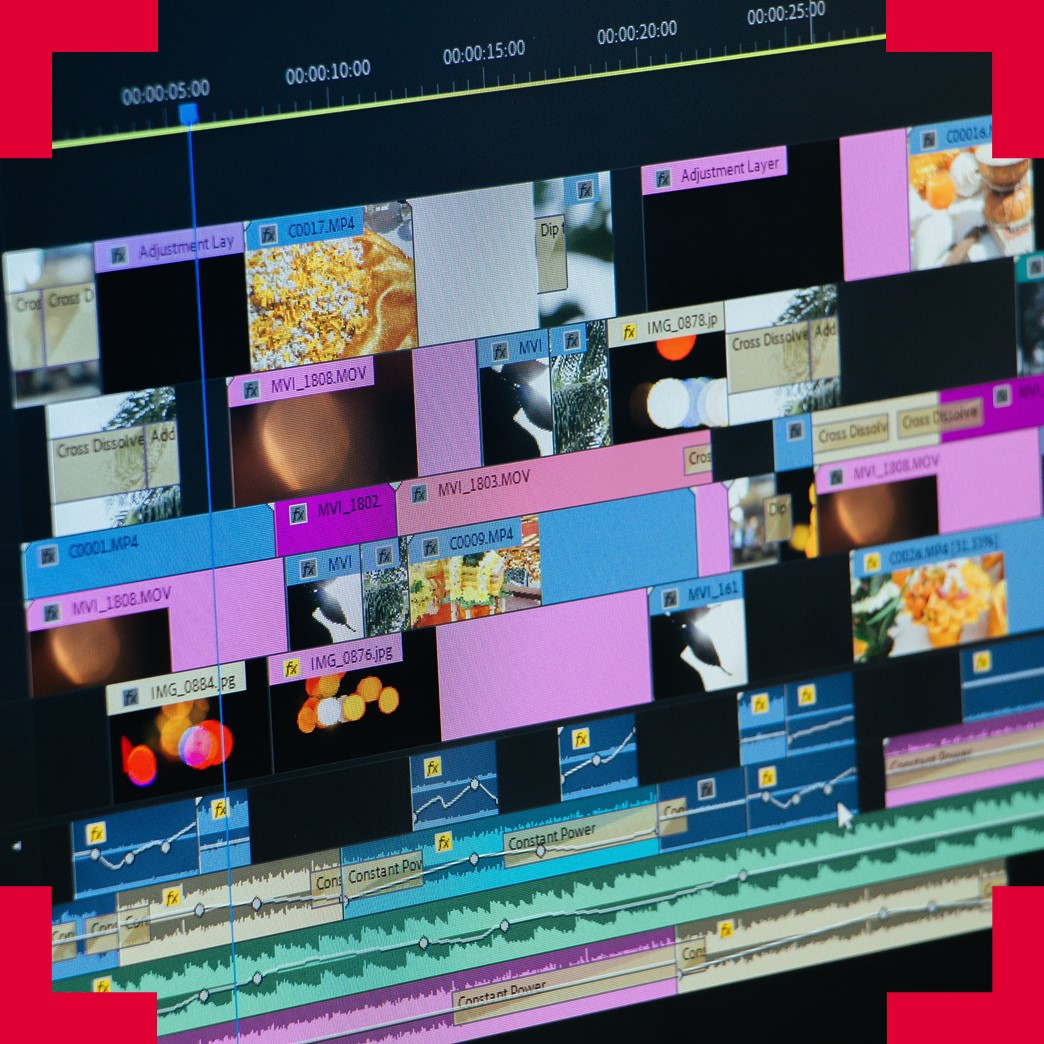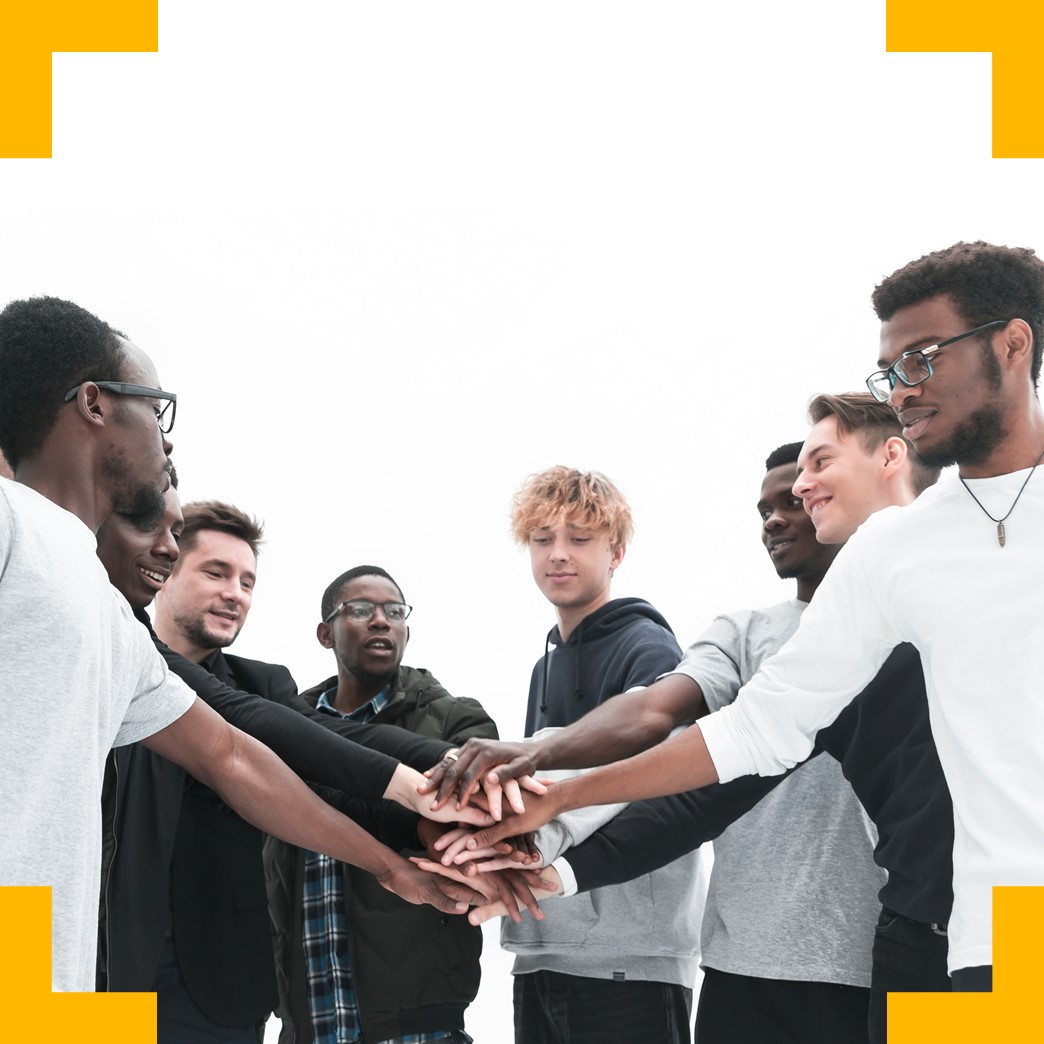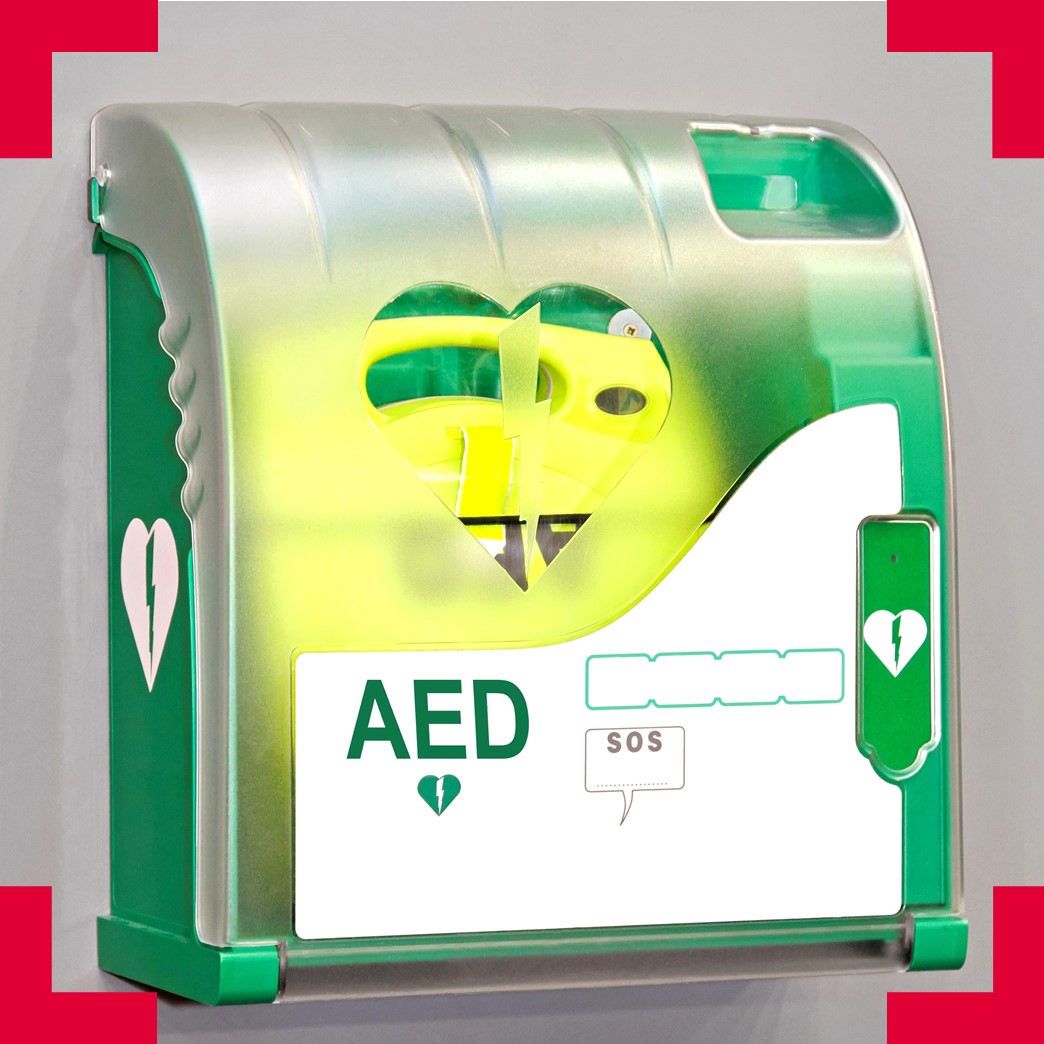-

This is a development of an earlier Brigstow funded experimental partnership ‘AD4Games: making video games accessible for visually impaired players.’ That study was based on the premise that play makes us human. We play to have fun, to …

Brigstow brings researchers from different disciplines together with a range of partners across the city and beyond to experiment in new ways of living and being.


